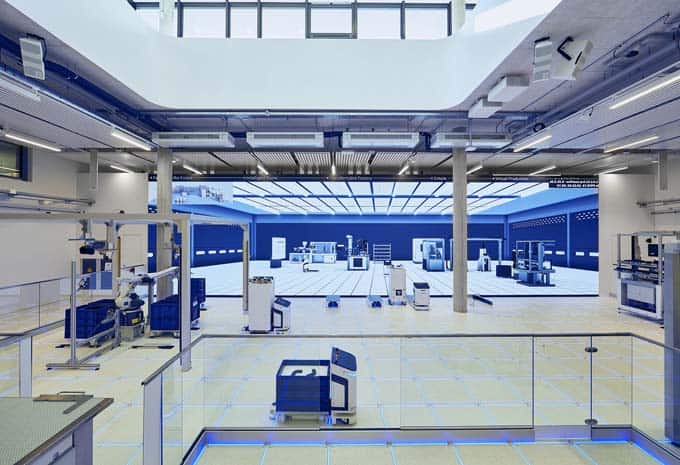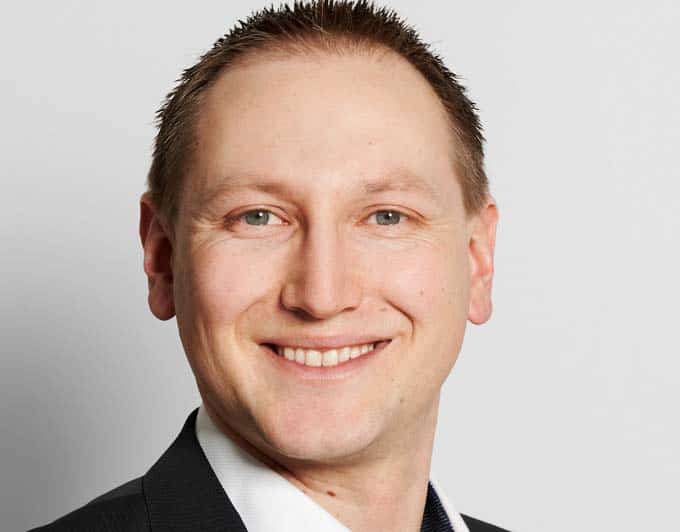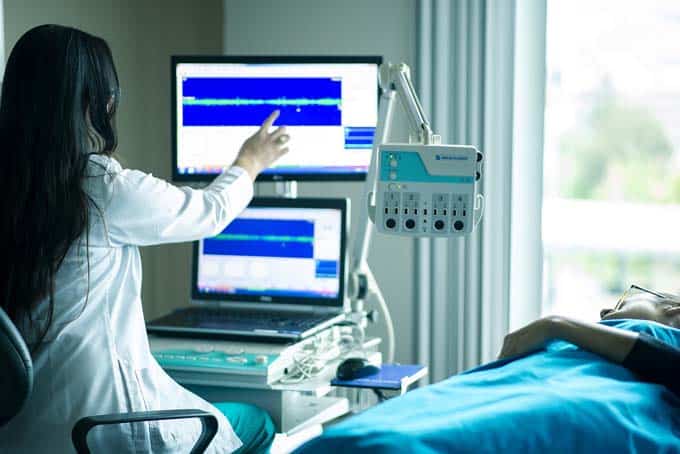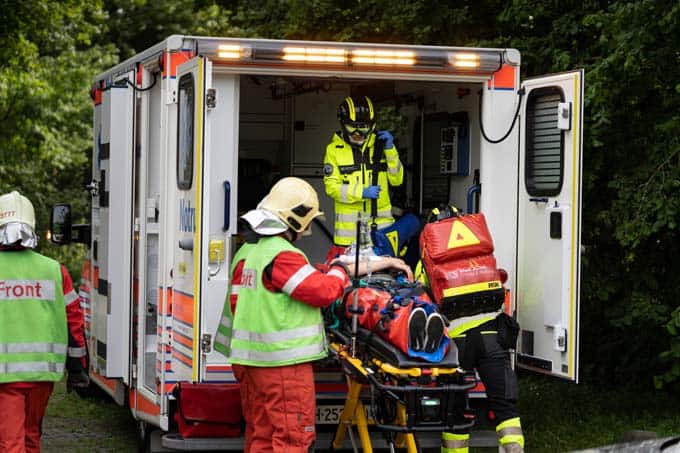Swiss Cyber Security Days 2022 with a broad-based program
After a successful virtual edition, the Swiss Cyber Security Days will return to Forum Fribourg on April 6 and 7, 2022. Under the headline theme "Cyber: the fifth dimension", the broad-based program promises numerous new insights.

The Swiss Cyber Security Days are now considered the leading Swiss platform dedicated to relevant cyber security topics. "Cyber: the fifth dimension" is the guiding theme on April 6 and 7. Transparency, knowledge transfer and open communication between representatives of politics, business, education and research form the core values of the event. In addition to an adapted concept with a combination of exhibition space and conference halls on one level, visitor guidance will also be optimized with an online platform and knowledge transfer better integrated for the Swiss Cyber Security Days 2022.
Swiss Cyber Security Days 2022 and the consequences of the pandemic
The Covid-19 pandemic has made it recognizable that it is not only the biggest digitalization accelerator, but also a crime accelerator. The number of known serious security breaches in Switzerland has more than doubled since the outbreak of the pandemic, from over 42,000 in 2019 to almost 114,000 at present. The Confederation's cyber security delegate, Florian Schütz, will highlight the priorities and scenarios on the first day as part of the National Strategy to Protect Switzerland from Cyber Risks. In addition, Nathalie Gratzer, project manager at the Federal Office for National Economic Supply BWL, will provide information on the protection of critical infrastructures in Switzerland. Divisional Commander Alain Vuitel, Cyber Command of the Swiss Armed Forces, sheds light on the topic of cyber from a military perspective. Federal Prosecutor Stefan Blättler shows how cyber criminals are prosecuted in Switzerland and abroad, and National Councillor Judith Bellaiche knows that cyber security is now also increasingly becoming the focus of political demands.
Special focus: The healthcare sector
Representatives from the Geneva-based Cyber Peace Institute highlight the health sector's exposure to cyberattacks and how malicious actors took advantage of the critical situation during the pandemic and launched a series of campaigns and Ramsonware attacks. In the process, international protection organizations such as the ICRC were not spared. Such cyber operations can have significant humanitarian consequences, not least when services essential to civilians are also disrupted. At the already traditional panel of the World Economic Forum (WEF), chaired by board member Alois Zwinggi, the international cyber situation will be discussed with representatives of international organizations (including Europol) and Swiss Re's cyber officer Maya Bundt.
SME, Cyber Safe and Cyber Space
The second day of the Swiss Cyber Security Days 2022 will focus in the morning on SMEs, whose rapidly increasing dependence on IT systems and data also requires increased protection against cyber threats. Presentations will include the Cyber Safe cybersecurity label, developed by a nonprofit organization, which aims to provide a way to address these challenges. A high-level panel will highlight the label's benefits, including an affordable path to robust cybersecurity, a reliable cybersecurity assessment for insurers, and increased credibility for IT vendors.
In the afternoon, Innosuisse Vice President Luciana Vaccaro will demonstrate the great potential of innovative developments in Switzerland together with startups and present the "Cyber Security Award" together with Tech4Trust. In addition to new developments on the Internet, the highlight of the day will be an international panel, also chaired by the WEF. The exciting thematic focus will be "Cyber in Space". High-ranking international representatives will bring visitors up to date on the latest knowledge regarding cyber in this sensitive area. The names of the panel participants will be announced at a later date.
Technical inputs and insights
The Expert Tracks on a separate stage will feature numerous technical inputs and insights with experts from Germany and abroad. Fil Rouge of this stage will be "A Virtuous Cyber Security Chain" with three heavyweights: Anticipation, Defense and Governance. This will highlight once again that nothing is safe and all data is at risk. The goal is to highlight the importance of security and risk management and a clear picture of the challenges. Further, malicious parties will be identified and the consequences of attacks will be highlighted. Over the two days, Expert Tracks will highlight the prerequisites for cybersecurity as well as management preparation and responsibilities. These Expert Tracks are designed to provide security managers with practical solutions to concretely improve the protection of the organizations for which they are responsible.
Further information: www.swisscybersecuritydays.ch


















